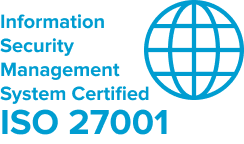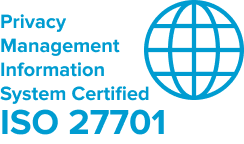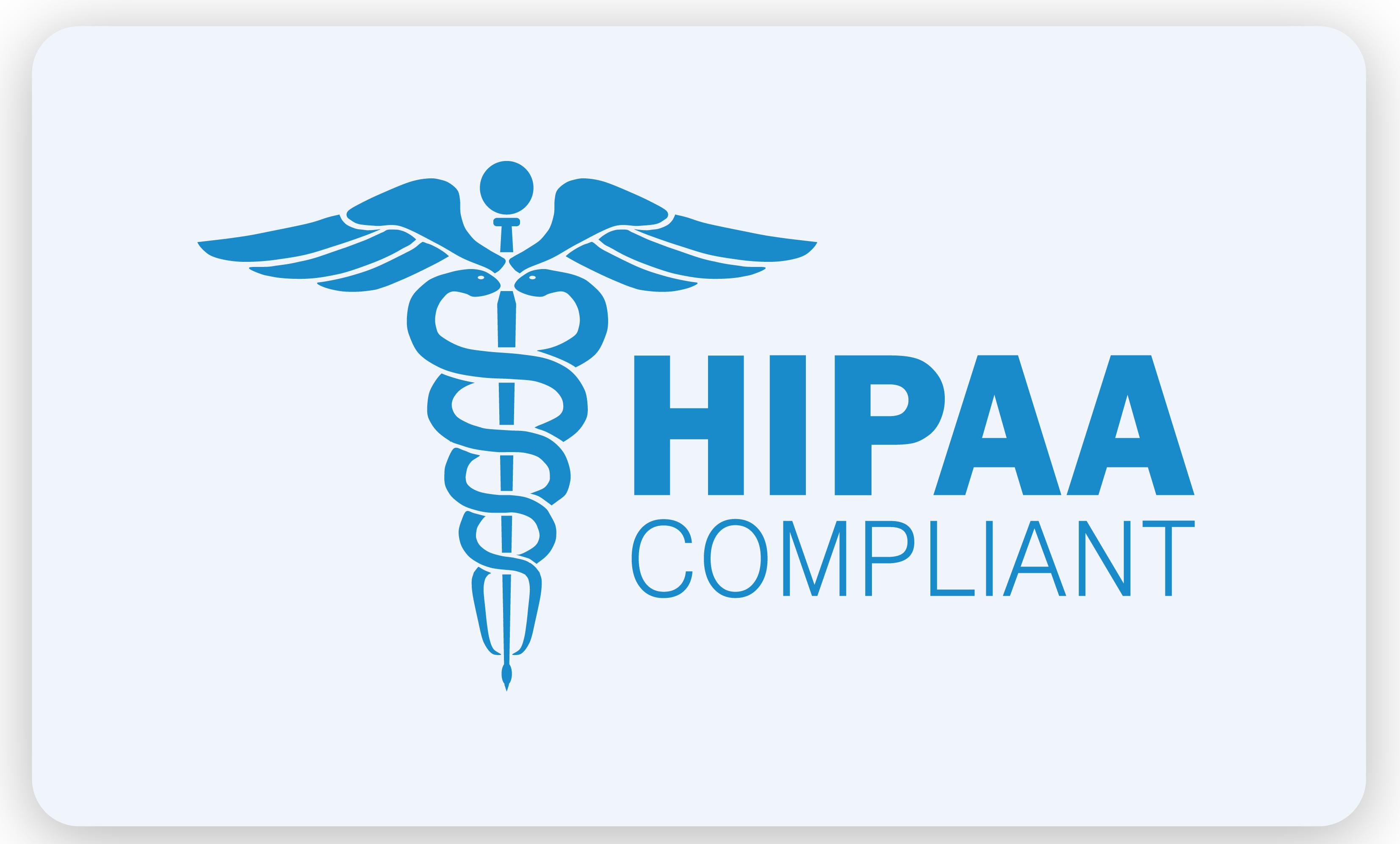Healthcare
Strengthening Cybersecurity for Healthcare Websites Against Cyberattacks
- By HealthMatriX Team
- No Comments
30 Apr

This is the First Blog Post for HealthMatriX’s Cybersecurity Series.
Healthcare organizations commonly possess a range of specialized hospital information systems, including EHR systems, e-prescribing systems, and clinical decision support systems. Moreover, they manage thousands of Internet of Things devices, such as smart elevators, HVAC systems, and infusion pumps, requiring robust protection measures.
These assets, along with others like practice management support systems and radiology information systems, form the backbone of healthcare operations and must be safeguarded effectively to ensure uninterrupted service delivery and protect patient data privacy.
The healthcare sector faces significant cybersecurity risks, with patient care and safety at stake. Healthcare facilities are prime targets for cybercriminals due to their size, reliance on technology, and the sensitivity of the data they handle. Cyber incidents in healthcare are increasing, as evidenced by a 93% rise in large breaches reported to the HHS Office for Civil Rights (OCR) from 2018 to 2022, with a staggering 278% increase in breaches involving ransomware during the same period.
These incidents have serious consequences, including extended care disruptions, patient diversion, and strain on acute care provisioning. This results in canceled medical appointments, unrendered services, and delayed medical procedures, particularly elective ones. Most importantly, such incidents jeopardize patient safety and impact the communities reliant on local healthcare facilities for life-saving services such as emergency care, radiology, and cancer treatment centers.
Types of Cyberattacks
In the healthcare sector, various types of cyberattacks pose significant threats to websites and institutions. Some of the most common cyberattacks include:
Ransomware Attacks
These attacks involve encrypting sensitive data and demanding a ransom for its release. Healthcare institutions are frequent targets due to the critical nature of patient data and the potential for disruptions to patient care.
Phishing Attacks
Phishing attacks use deceptive emails, messages, or websites to trick users into revealing sensitive information such as login credentials or personal data. Healthcare employees may inadvertently disclose sensitive patient information, compromising data security.
Data Breaches
Data breaches involve unauthorized access to patient records, resulting in the theft or exposure of sensitive information. These breaches can lead to identity theft, financial fraud, and reputational damage for healthcare institutions.
DDoS Attacks
Distributed Denial of Service (DDoS) attacks overwhelm healthcare websites or systems with a flood of traffic, causing them to become inaccessible to legitimate users. These attacks can disrupt patient care and compromise the availability of critical services.
Insider Threats
Insider threats involve employees or other trusted individuals intentionally or unintentionally causing harm to healthcare systems or data. This could include employees stealing patient data for personal gain or inadvertently exposing sensitive information due to negligence.
Malware Infections
Malware, including viruses, worms, and Trojans, can infect healthcare systems and compromise patient data. Malware infections can disrupt operations, steal sensitive information, or enable further cyberattacks.
Supply Chain Attacks
Healthcare institutions may be targeted through their supply chain, with attackers compromising third-party vendors or suppliers to gain access to sensitive information or systems.
IoT Exploitation
Internet of Things (IoT) devices, such as medical devices and wearables, may be vulnerable to exploitation, allowing attackers to gain access to healthcare networks or compromise patient data.
8 Best Practices to Strengthen Cybersecurity of Healthcare Websites:
1. Protect Mobile and Portable Devices
The spread of mobile devices, including laptops, smartphones, and portable storage media, has revolutionized access to Electronic Health Records (EHRs), enabling mobility but also introducing significant privacy and security risks. These devices are prone to loss and theft, susceptible to electromagnetic interference, and may expose sensitive health information to unauthorized viewing. Additionally, not all mobile devices offer robust authentication and access controls, necessitating extra security measures.
Wireless transmission of data further compounds security concerns, requiring protection against eavesdropping and interception. It’s crucial to encrypt electronic health information when using mobile devices, especially when transmitting data across public networks. While mobile data transport offers convenience, its risks demand careful consideration and adherence to cybersecurity best practices.
Encryption is recommended for all mobile devices handling sensitive data, with readily available solutions at a modest cost. When transporting laptops with health information, encryption of the device’s hard drive is essential to safeguard data integrity and confidentiality.
For remote health workers, consider following the below rules for working from mobile devices:
- All staff members are required to adhere to the mobile device policy and procedures.
- Mobile devices are configured to prevent unauthorized usage.
- Protected Health Information (PHI) stored on mobile devices is encrypted to maintain confidentiality.
- Connections between authorized mobile devices and Electronic Health Records (EHRs) are encrypted to ensure data security during transmission.
2. Use A Firewall
In safeguarding electronic health records (EHRs), small practices must deploy a firewall unless using an entirely offline system. While antivirus software tackles existing threats, the firewall serves as a frontline defense, preventing intrusions. Think of antivirus as infection control and the firewall as disease prevention.
Firewalls, whether software or hardware, scrutinize incoming messages from external sources, determining their entry based on preset criteria. Configuring hardware firewalls demands technical expertise, typically handled by trained personnel. Software firewalls often come pre-configured with standard settings, simplifying setup for users. Support and guidance are readily available from security vendors.
For larger practices operating on a Local Area Network (LAN), a hardware firewall is advisable. Positioned between the LAN and the Internet, it offers centralized management, ensuring uniform security settings across all users and enhancing LAN security significantly.
3. Access Controls for Protected Health Information
In establishing EHR systems securely, configure your EHR implementation to restrict electronic health information access to authorized personnel based on their “need to know.”
In small practice settings, file access permissions may be manually set using access control lists, requiring authorization from designated individuals. Before configuring these permissions, it’s essential to determine which files should be accessible to specific staff members.
Moreover, role-based access control can be implemented, wherein staff members’ roles within the practice determine their data access privileges. Careful assignment of staff roles and accurate configuration of access permissions based on “need to know” principles are crucial.
Navigating through regulatory requirements and various access control options can make this process complex. However, meticulous implementation of access controls ensures compliance and strengthens the security of EHR systems in small practices.
Consider implementing the following protocols for rigorous access control practices:
- When an employee leaves, their user account is promptly disabled to prevent unauthorized access.
- Each user account is meticulously linked to an authorized individual, ensuring accountability.
- Users are granted access only to the information essential for fulfilling their duties, minimizing the risk of unauthorized data exposure.
- File access is restricted to authorized individuals, enhancing data confidentiality and integrity.
- All staff members are fully briefed on and committed to adhering to access control policies, fostering a culture of compliance and accountability.
- Computers running healthcare-related systems are dedicated solely to their intended purpose, mitigating the risk of unauthorized activities compromising data security.
4. Limit Network Access
Contemporary networking tools offer ease of use and flexibility, with Web 2.0 technologies like peer-to-peer file sharing and instant messaging being widely embraced. While wireless routing provides a convenient broadband setup, the sensitivity of healthcare information demands cautious usage of such tools.
Unsecured routers can broadcast signals over significant distances, potentially compromising data security. It’s imperative to configure routers for encrypted operation to restrict access to authorized personnel only.
Guest devices should be barred from network access due to security risks, as vetting them for compliance is impractical on short notice. Peer-to-peer applications pose additional security threats, potentially granting unauthorized access to connected devices.
Regular checks should be conducted to ensure these applications are not installed without explicit approval, as simply disabling or uninstalling them may leave exploitable code remnants behind.
5. Perform Penetration and Vulnerability Testing
Penetration testing and vulnerability testing are essential cybersecurity practices to assess the security of systems, networks, and applications. Penetration testing involves simulating real-world attacks to identify weaknesses and exploit vulnerabilities in a controlled environment. On the other hand, vulnerability testing focuses on identifying and assessing potential security flaws and weaknesses within systems and applications.
The primary benefit of these testing methods is that they provide organizations with valuable insights into their security posture, allowing them to identify and address potential vulnerabilities before attackers can exploit them. By proactively testing for vulnerabilities and weaknesses, organizations can enhance their overall security posture, reduce the risk of security breaches, and protect sensitive data and systems from unauthorized access and exploitation.
6. Best Configuration Management Practices
Managing the configuration of new computers and software packages can be daunting due to the multitude of options and lack of guidance on securing systems. Some general guidelines for configuration management are as follows:
- Remove any non-essential software applications, such as games or photo-sharing tools, to minimize potential vulnerabilities. Verify with the EHR developer if unsure about an application's necessity.
- Avoid accepting default or "standard" configurations during software installation. Take time to understand each option and seek technical assistance as needed.
- Determine if the EHR vendor maintains a backdoor connection for updates and support, ensuring secure firewall settings and requesting disabling of access when not required.
- Disable remote file sharing and printing within the operating system to prevent accidental exposure of files to unauthorized individuals. Vigilance in configuration settings is essential to maintain system security.
7. Optimum Operating System Maintenance
Regular maintenance of operational systems is essential to prevent the accumulation of outdated information and settings. Similar to monitoring medical supplies for expiration dates, outdated material on computer systems must be addressed promptly. Key areas to check include:
- Timely disabling of user accounts for former employees, especially in cases of involuntary termination, to prevent unauthorized access.
- Sanitization of computers and other devices, such as copy machines, before disposal to prevent potential data breaches.
- Archiving old data files for storage if needed, or deleting them from the system if no longer required, in compliance with applicable data retention requirements.
- Complete uninstallation of unnecessary software, including trial versions and old software iterations, to streamline system efficiency and security. Regular maintenance ensures system integrity and minimizes the risk of data breaches.
8. Control Physical Access
Securing devices within an EHR system is crucial to protect electronic health information from unauthorized access. Device loss, whether accidental or through theft, poses a significant risk, with over half of data loss incidents involving missing devices. Despite robust security measures like passwords and access controls, the risk remains if a device is lost or stolen.
Physical security policies should limit access to secure areas and prevent device removal. When placing servers housing electronic health information, prioritize physical and environmental protection, storing them in locked rooms inaccessible to unauthorized individuals and shielded from environmental hazards.
Implementing AI-powered Cybersecurity Solutions by HealthMatriX
As AI-powered cyber attacks advance in sophistication, conventional cybersecurity measures are becoming inadequate. Organizations must embrace AI-driven cybersecurity solutions capable of detecting and countering these evolving threats. With the appropriate technology and fine-tuning, your defenses can adapt, learning to discern “good” activity and effectively guard against malicious actors.
HealthMatriX’s AI-powered cybersecurity solutions are effective in combatting various types of cyberattacks. HealthMatriX provides cyber-secure, data-privacy-protected, and quality-managed solutions for businesses to protect their mission-critical data.
The AI-driven Cyberattacks are Here to Stay; Strengthen your Cybersecurity
Organizations with fully deployed security and AI automation paid an average of US$ 3.05 million for data breach damages, US$ 1.3 million less than the global average across all security environments, and they detected breaches faster – 249 days compared to 323 days with no AI and automation solutions.
This implies that security breaches and cyberattacks are here to stay, and to reduce our business losses, both in terms of money and data, we need to strengthen our cybersecurity.
So what are you waiting for, contact us now to know how we can cyber-secure your business against AI and other exploitations.
Read the Second Blog Post of HealthMatriX’s Cybersecurity Series Here.
About HealthMatriX Technologies Limited
HealthMatriX Technologies Limited provides AI-enabled anti-counterfeit QR codes, NFC/UHF tags, and cutting-edge technology development solutions to protect the products and documents for the healthcare and life science sectors. HealthMatriX also provides tamper-evident physical products, highly advanced AI-automated software integrations, and white-label solutions. Our cybersecure, data-protected, standardized, and innovative solutions help safeguard healthcare brands, products, solutions, and documents from unauthorized reproduction and duplication.
Recent Posts
About Us
Contact Info
HealthMatriX Technologies Limited
Unit 8, 18/F, Workingfield Commercial Building, 408-412 Jaffe Road, Wanchai, Hong Kong +852 2523 9959HealthMatriX Technologies Pte. Ltd.
192, Waterloo Street, #05-01 Skyline Building Singapore 187966© 2022 HealthMatriX Technologies Pte. Ltd. All rights reserved.

HealthMatriX provides AI-enabled anti-counterfeit QR codes, NFC/UHF tags, and cutting-edge technology development solutions to protect the products and documents for the health sector. HealthMatriX also provides tamper-evident physical products highly advanced AI-automated software integrations and white-label solutions.




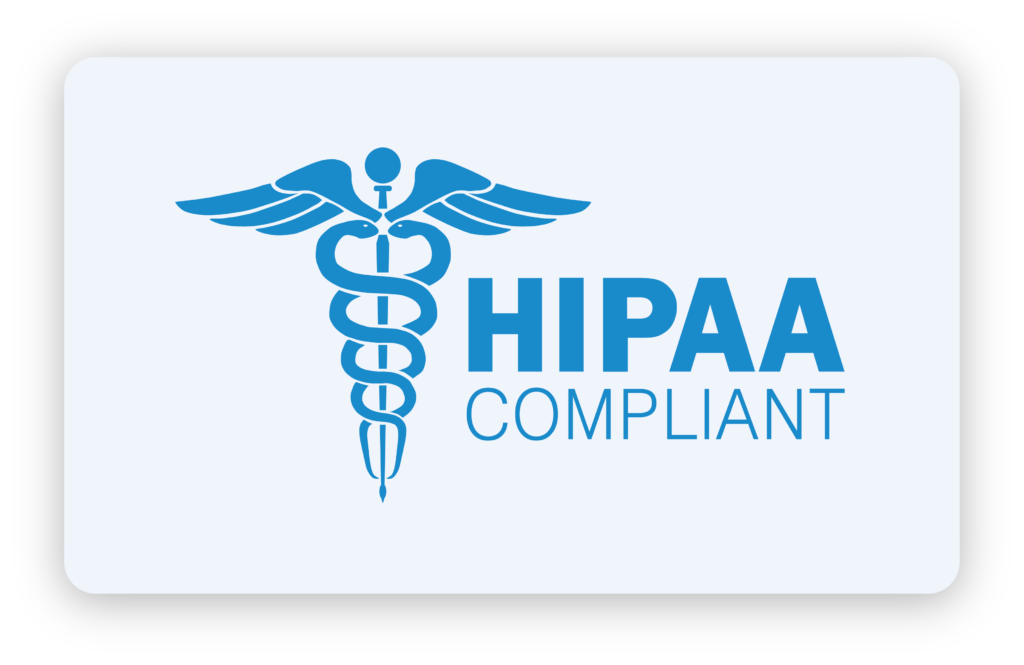
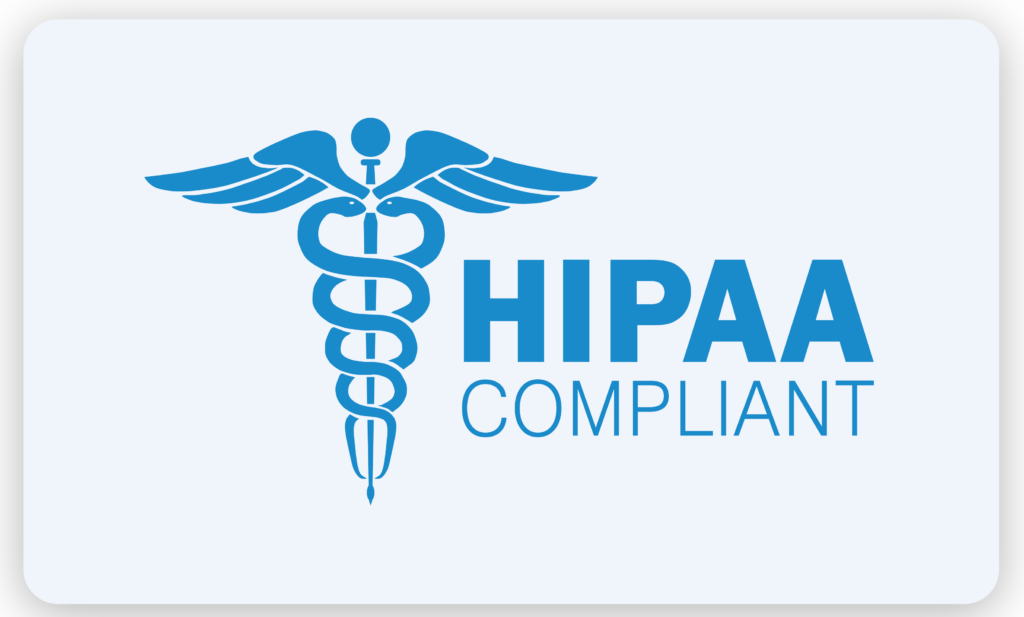
About Us
Contact Info
HealthMatriX Technologies
[email protected]HealthMatriX Technologies
Unit 8, 18/F, Workingfield Commercial Building, 408-412 Jaffe Road, Wanchai, Hong Kong+852 2523 9959
© 2025 HealthMatriX Technologies. All rights reserved.







